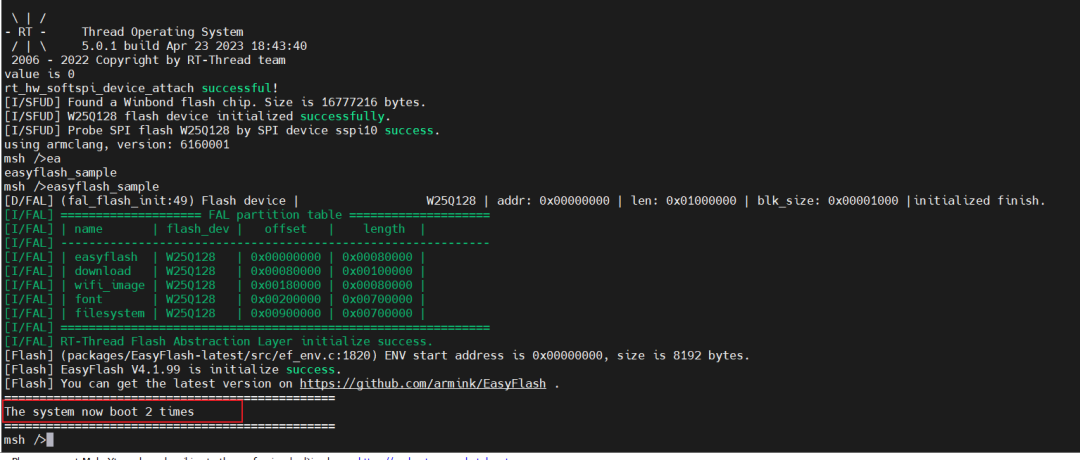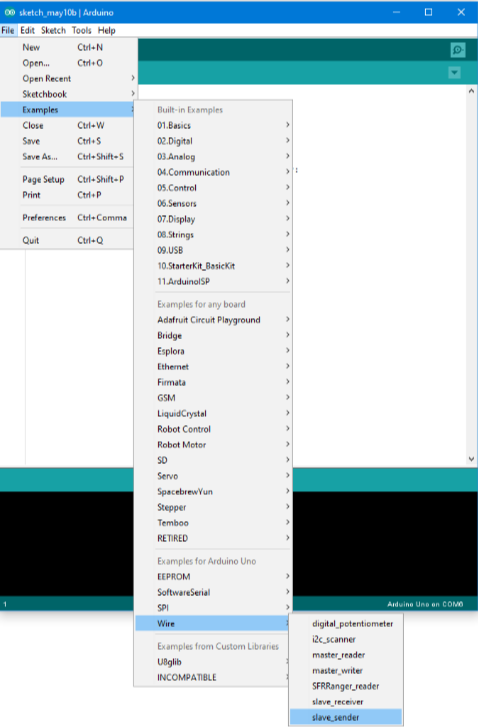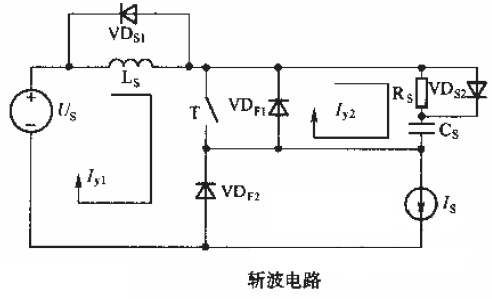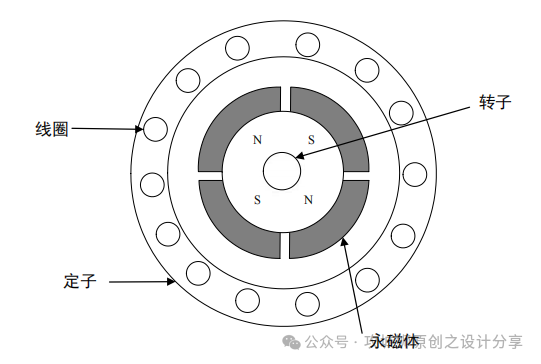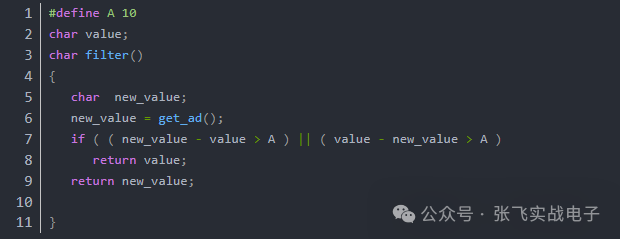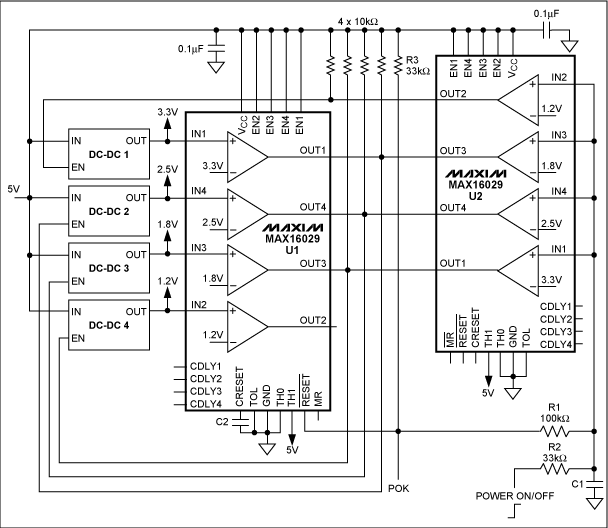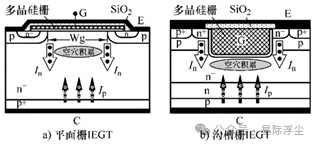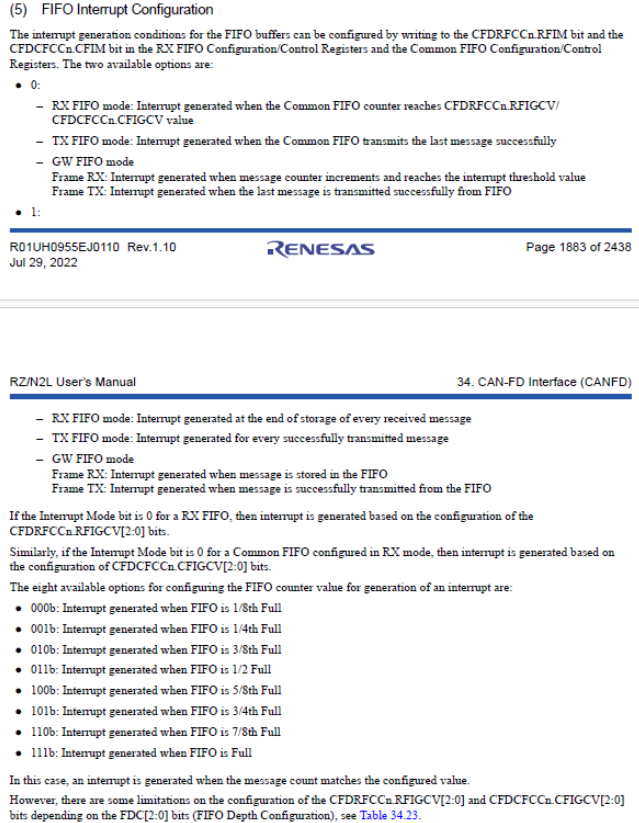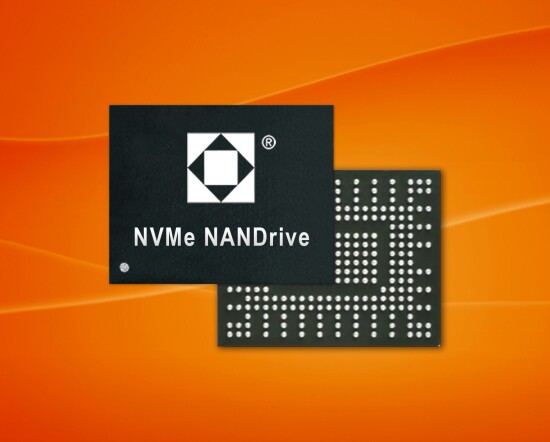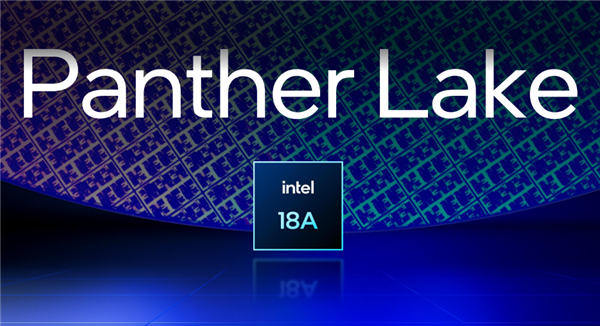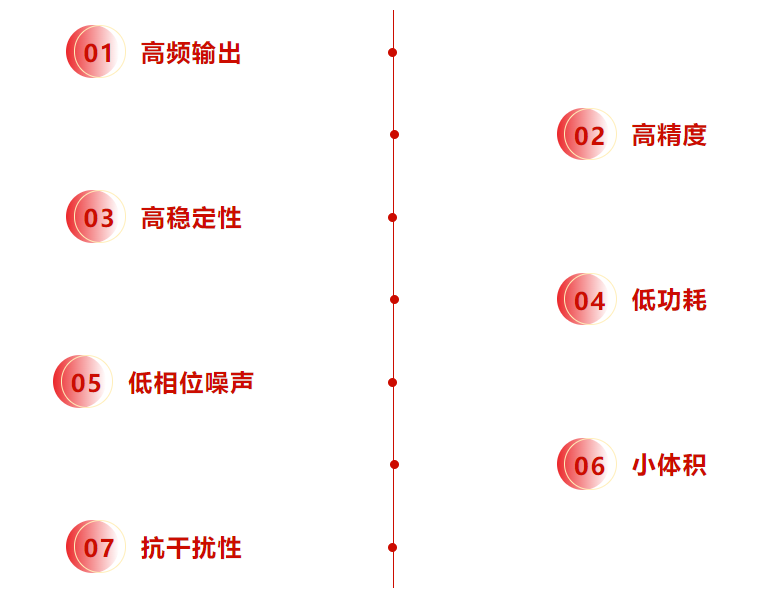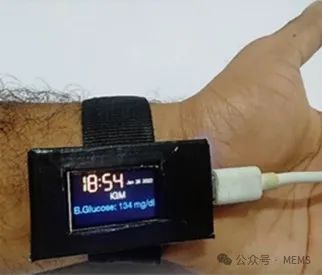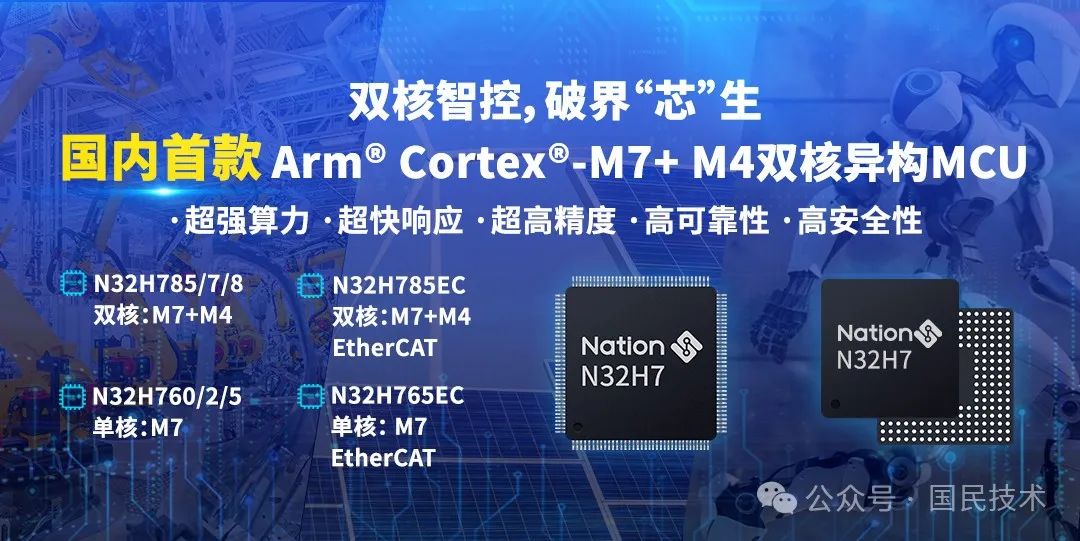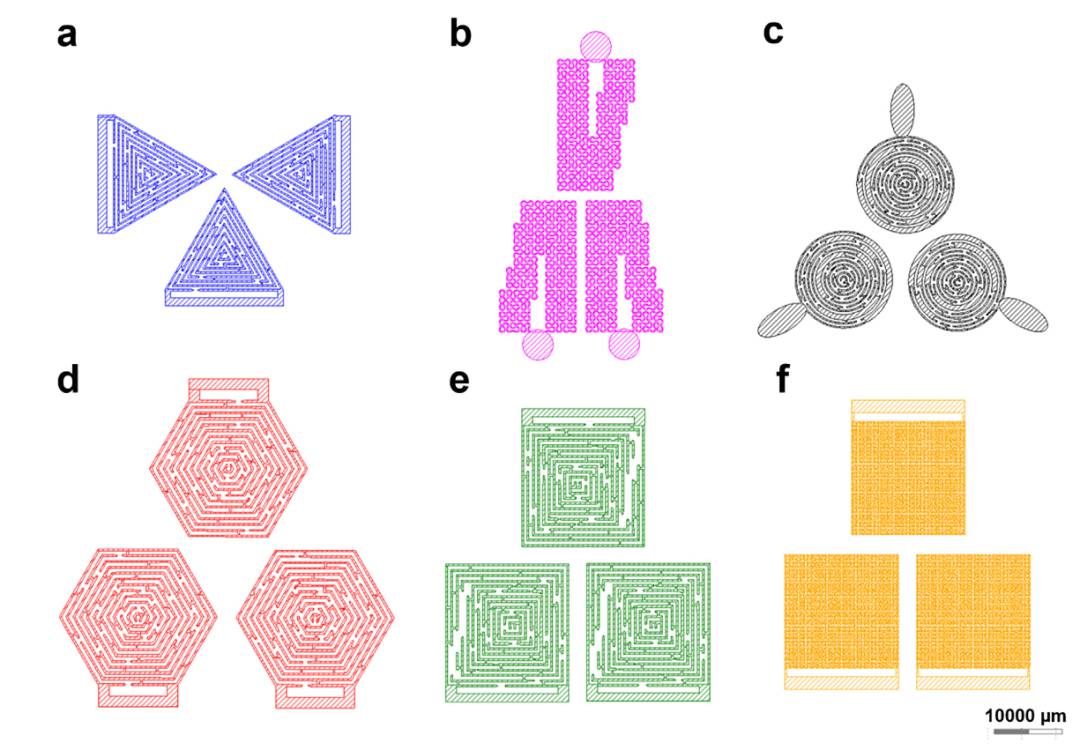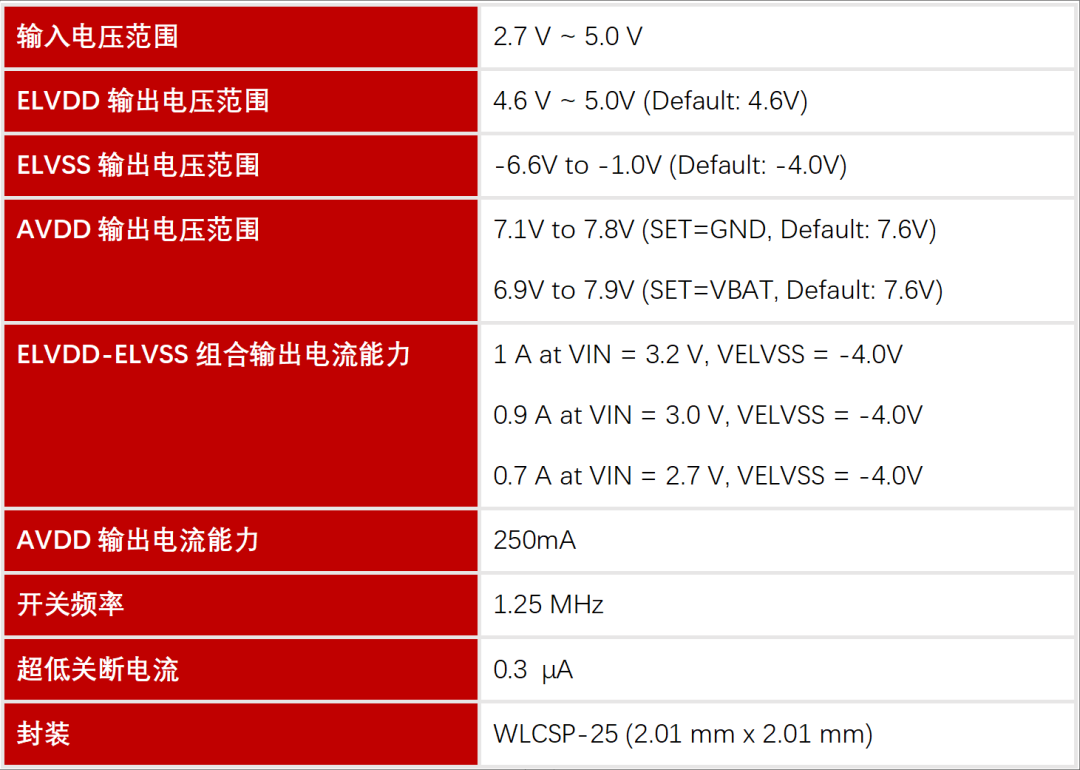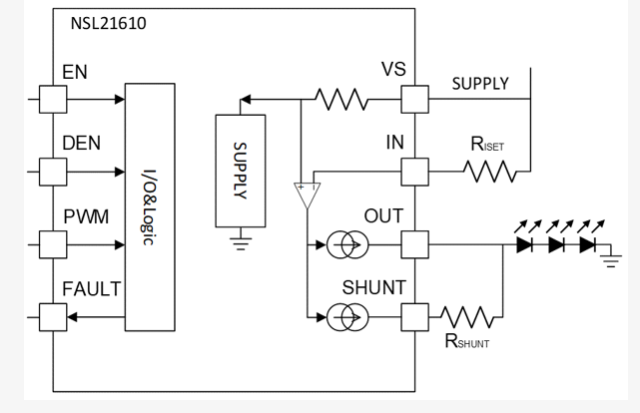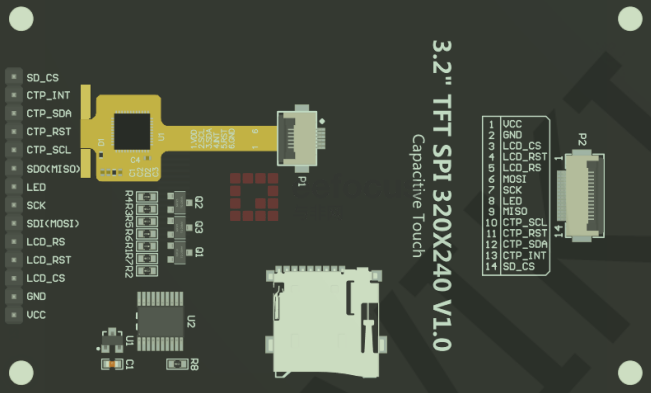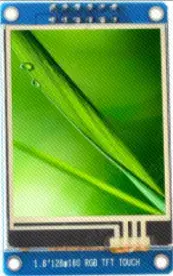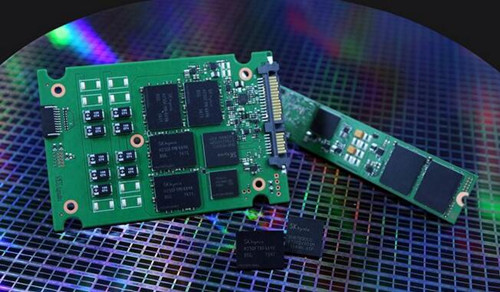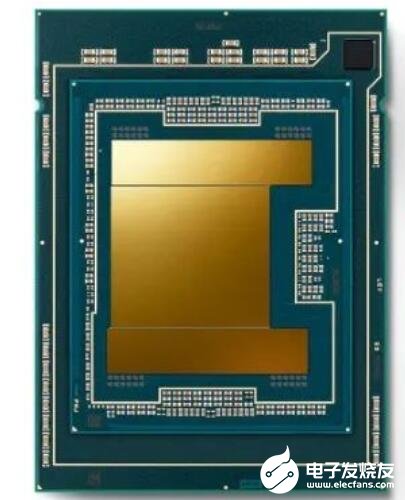1.
FAL组件
1.1
什么是FAL
FAL (Flash Abstraction Layer) Flash 抽象层,是对 Flash 及基于 Flash 的分区进行管理、操作的抽象层,对上层统一了 Flash 及 分区操作的 API (框架图如下所示),并具有以下特性:
支持静态可配置的分区表,并可关联多个 Flash 设备;
分区表支持 自动装载 。避免在多固件项目,分区表被多次定义的问题;
代码精简,对操作系统 无依赖 ,可运行于裸机平台,比如对资源有一定要求的 Bootloader;
统一的操作接口。保证了文件系统、OTA、NVM(例如:EasyFlash
https://github.com/armink-rtt-pkgs/EasyFlash
) 等对 Flash 有一定依赖的组件,底层 Flash 驱动的可重用性;
自带基于 Finsh/MSH 的测试命令,可以通过 Shell 按字节寻址的方式操作(读写擦) Flash 或分区,方便开发者进行调试、测试;

通过上图我们也可以清晰明了了,看到,FAL抽象层向下可以通过Flash硬件进行统一管理,当然也可以使用SFUD框架(串行Flash通用驱动库,这部分RT-Thread已完成官方框架的移植同时提供多个应用历程),而对上也可以使用如DFS、NVM提供的Flash硬件统一访问接口,方便用户更加直接方便对底层Flash硬件的访问操作。
注:非易失性存储器 (NVM):在芯片电源关闭期间保存存储在其中的数据。因此,它被用于没有磁盘的便携式设备中的内存,以及用于可移动存储卡等用途。主要类型有:非易失性半导体存储器 (Non-volatile semiconductor memory, NVSM) 将数据存储在浮栅存储单元中,每个单元都由一个浮栅(floating-gate) MOSFET 组成。
关于存储,可以用一张图来解释:
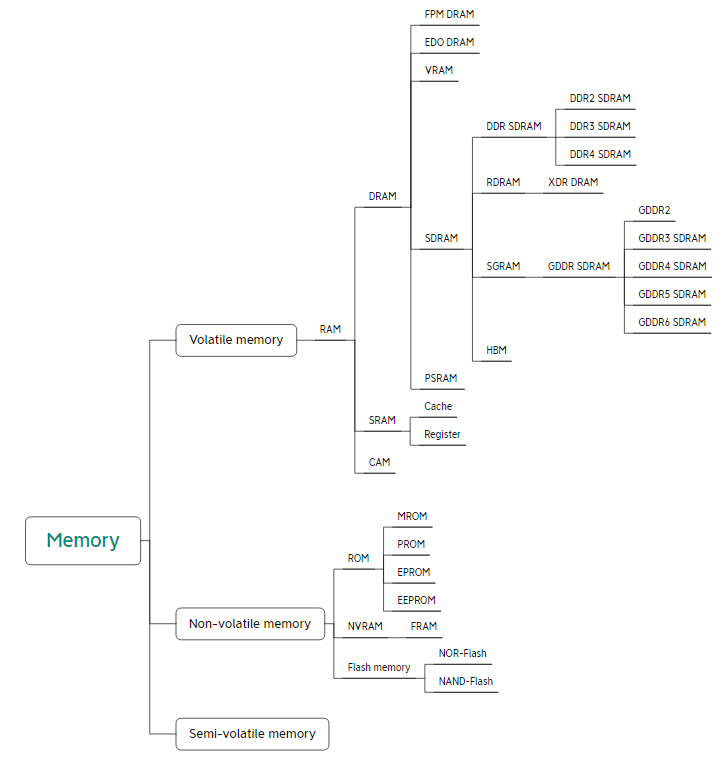
来源:ROM、RAM、FLASH、NVM......一文搞定
1.2
使用ENV配置FAL
在RT-Thread v4.1.0之前,FAL是作为软件包形式对用户开放使用的,而v4.1.0之后,FAL被RT-Thread官方重新定义为RTT组件的一部分,这样也能更加方便用户的开发。
我们下面正式讲解FAL组件的使用:
首先打开ENV工具,根据以下路径打开FAL使能
RT-Thread Components->[*]FAL: flash abstraction layer,
由于我们后面会用到SFUD,所以这里把
FAL uses SFUD drivers
一并使能,并修改FAL设备名称为
W25Q128
.
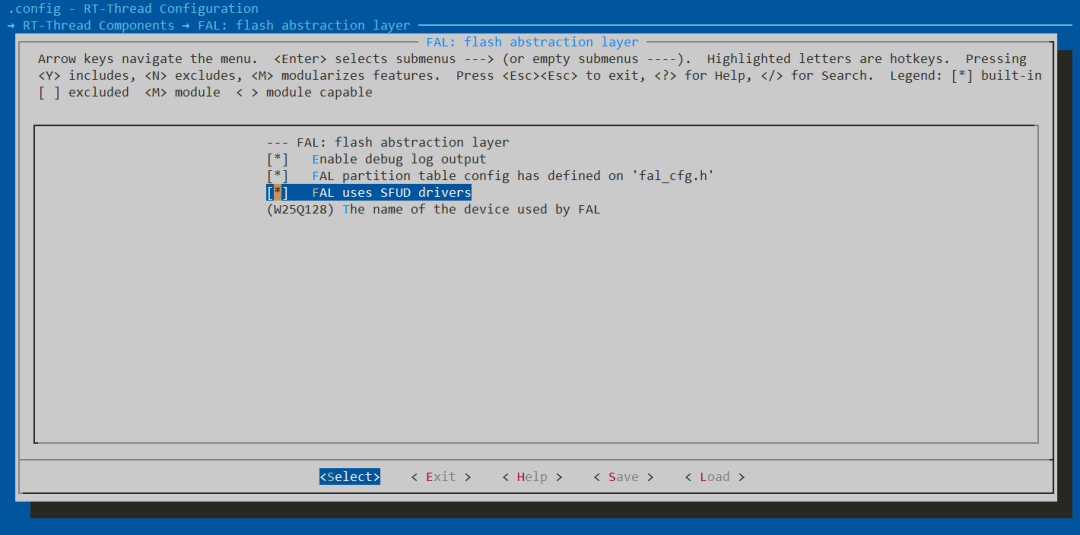
完成上述操作后保存退出,并使用
scons --target=mdk5
重新生成MDK5文件并打开
1.3
FAL SFUD 移植
为了提供示例,我们选用
W25Q128 spi flash
作为测试模块,并且使用SFUD框架对spi flash设备进行管理和驱动。
由于目前RT-Thread的SFUD已经对
W25Q128
完成支持,根据官方的使用手册,我们仅需编写
fal_cfg.h
文件完成对
FAL_FLASH_DEV_TABLE
及
FAL_PART_TABLE
的定义即可。文件存放路径:
.\rt-thread\bsp\lpc55sxx\lpc55s69_nxp_evk\board\ports\fal_cfg.h
// fal.cfg.h
/* * Copyright (c) 2006-2023, RT-Thread Development Team * * SPDX-License-Identifier: Apache-2.0 * * Change Logs: * Date Author Notes * 2023-04-21 Wangyuqiang the first version */#ifndef _FAL_CFG_H_#define _FAL_CFG_H_
#include #include
#ifndef FAL_USING_NOR_FLASH_DEV_NAME#define NOR_FLASH_DEV_NAME "norflash0"#else#define NOR_FLASH_DEV_NAME FAL_USING_NOR_FLASH_DEV_NAME#endif
/* Flash device Configuration */
extern struct fal_flash_dev nor_flash0;
/* flash device table */
#define FAL_FLASH_DEV_TABLE \{ \ &nor_flash0, \}
/* Partition Configuration */
#ifdef FAL_PART_HAS_TABLE_CFG
/* partition table */
#define FAL_PART_TABLE \{ \ {FAL_PART_MAGIC_WROD, "easyflash", NOR_FLASH_DEV_NAME, 0, 512 * 1024, 0}, \ {FAL_PART_MAGIC_WROD, "download", NOR_FLASH_DEV_NAME, 512 * 1024, 1024 * 1024, 0}, \ {FAL_PART_MAGIC_WROD, "wifi_image", NOR_FLASH_DEV_NAME, (512 + 1024) * 1024, 512 * 1024, 0}, \ {FAL_PART_MAGIC_WROD, "font", NOR_FLASH_DEV_NAME, (512 + 1024 + 512) * 1024, 7 * 1024 * 1024, 0}, \ {FAL_PART_MAGIC_WROD, "filesystem", NOR_FLASH_DEV_NAME, (512 + 1024 + 512 + 7 * 1024) * 1024, 7 * 1024 * 1024, 0}, \}#endif /* FAL_PART_HAS_TABLE_CFG */
#endif /* _FAL_CFG_H_ */
此时编译的话是找不到该头文件的,需要我们在Keil中设置:
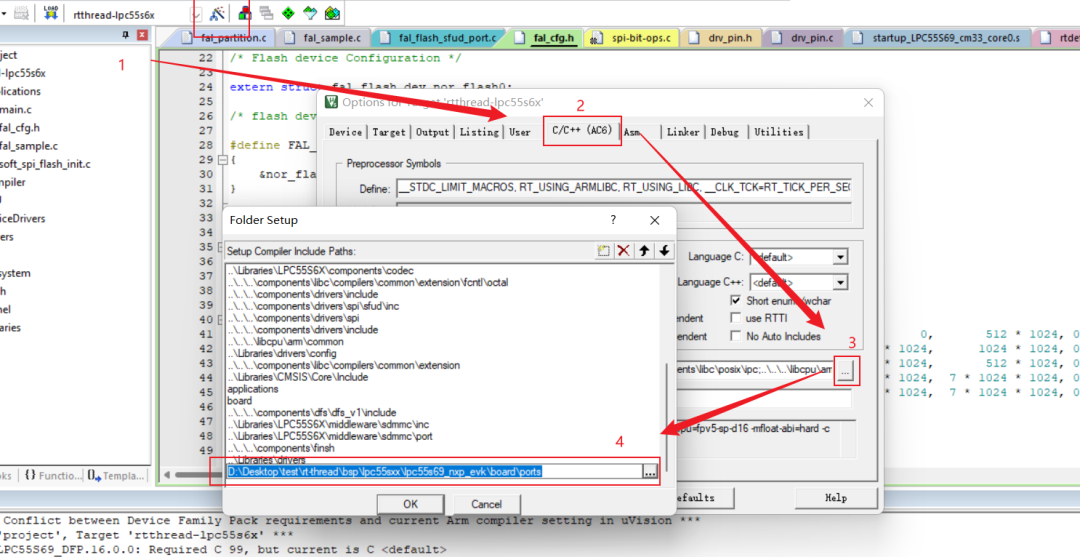
在RTT FAL组件中的SFUD提供的
fal_flash_dev
对象默认的nor_flash0参数中,flash大小默认为8M,而
W25Q128
最大最16M,我们可以选择在
.\rt-thread\components\fal\samples\porting\fal_flash_sfud_port.c文件中对struct fal_flash_dev nor_flash0
进行修改:
struct fal_flash_dev nor_flash0 ={ .name = FAL_USING_NOR_FLASH_DEV_NAME, .addr = 0, .len = 16 * 1024 * 1024, .blk_size = 4096, .ops = {init, read, write, erase}, .write_gran = 1};
当然也可以选择不进行修改,根据大佬的原话就是因为在调用初始化接口函数init后,会从flash设备读取正确的参数更新到nor_flash0表项中,我们在使用FAL组件前都需要调用FAL初始化函数fal_init,其内调用flash设备初始化函数fal_flash_init,最后会调用注册到fal_flash_dev设备表项中的初始化函数device_table[i]->ops.init,所以nor_flash0表项参数会在FAL初始化时被更新。
同时我们需要开启SFUD框架支持,打开ENV工具,由于SFUD的使用需要指定一个spi设备,这里我选择使用最近移植好的软件spi,路径
Hardware Drivers Config->On-chip Peripheral Drivers->[*] Enable soft SPI BUS-> [*] Enable soft SPI1 BUS (software simulation)
,这里我的测试开发板是恩智浦的LPC55S69-EVK,并且这款bsp的软件模拟spi由我本人对接,关于这部分的软件spi引脚定义可以选用默认即可,当然也可以使用自定义引脚,记住不要与其他引脚产生冲突。
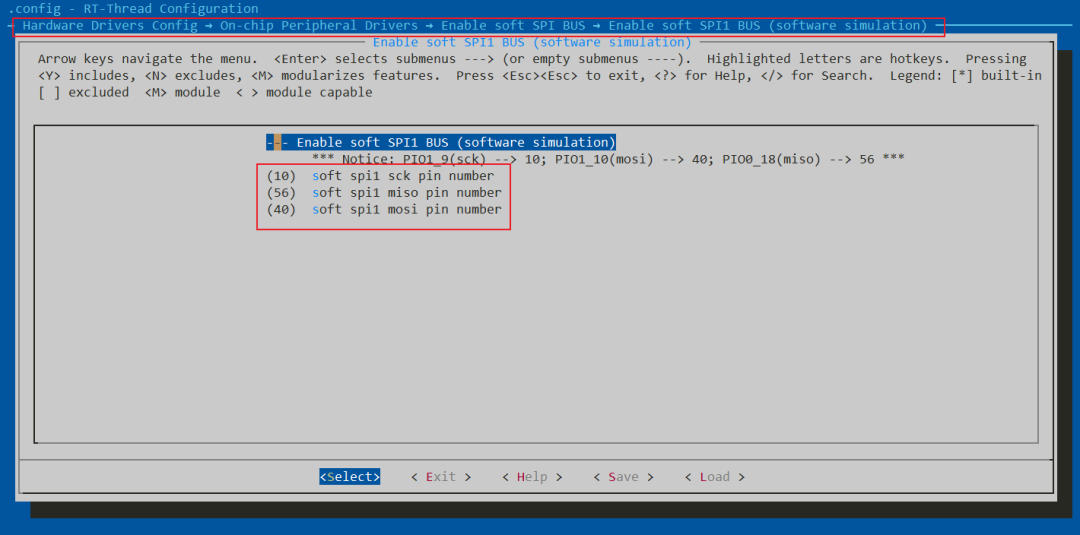
此时我们回到ENV主界面,进入
RT-Thread Components->Device Drivers->Using Serial Flash Universal Driver
,此时我们才可以看到SFUD选项出现(如果没有使能spi是没法看到的),使能后保持默认即可
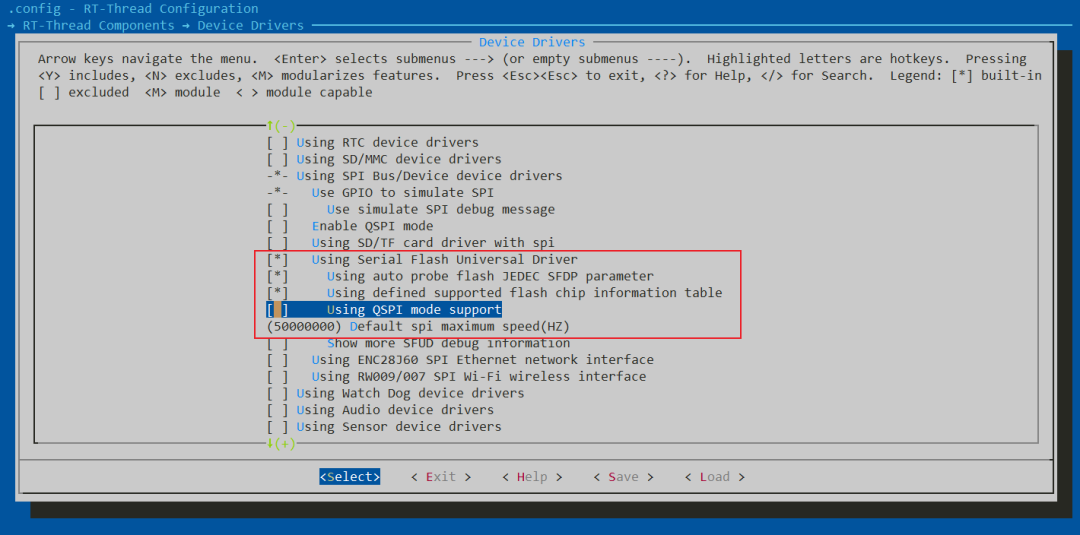
到这里,ENV的配置暂时告一段落!
1.4
FAL SFUD 测试用例
为了验证
W25Q128
及软件模拟spi在SFUD框架上是否能够成功运行,我们在
.\rt-thread\bsp\lpc55sxx\lpc55s69_nxp_evk\board\ports\
下新建一个
soft_spi_flash_init.c
文件,代码如下
/* * Copyright (c) 2006-2023, RT-Thread Development Team * * SPDX-License-Identifier: Apache-2.0 * * Change Logs: * Date Author Notes * 2023-04-21 Wangyuqiang the first version */
#include #include "spi_flash.h"#include "spi_flash_sfud.h"#include "drv_soft_spi.h"#include "drv_pin.h"#include "rtconfig.h"
#define cs_pin GET_PINS(1,9)
static int rt_soft_spi_flash_init(void){ int result = -1;
result = rt_hw_softspi_device_attach("sspi1", "sspi10", cs_pin); rt_kprintf("value is %d\n",result); if(result == RT_EOK) { rt_kprintf("rt_hw_softspi_device_attach successful!\n"); }
if (RT_NULL == rt_sfud_flash_probe("W25Q128", "sspi10")) { return -RT_ERROR; }
return RT_EOK;}INIT_COMPONENT_EXPORT(rt_soft_spi_flash_init);
这里我们需要指定一个片选引脚,我暂时使用了
sspi2
的SCK引脚作为片选,这里注意不要同时打开
sspi1
和
sspi2
,后续我会专门上传一个通用GPIO作为片选引脚,到时候就不会产生问题了。然后软件spi设备的挂载使用的是
sspi1 bus
及
sspi10 device
,并且挂载flash设备到
sspi10
。
另外我们在
.\rt-thread\bsp\lpc55sxx\lpc55s69_nxp_evk\board\ports\
下新建
fal_sample.c
文件,并编写测试代码:
//fal_sample.c
/* * Copyright (c) 2006-2023, RT-Thread Development Team * * SPDX-License-Identifier: Apache-2.0 * * Change Logs: * Date Author Notes * 2023-04-21 Wangyuqiang the first version */ #include "rtthread.h"#include "rtdevice.h"#include "board.h"#include "fal.h"
#define BUF_SIZE 1024
static int fal_test(const char *partiton_name){ int ret; int i, j, len; uint8_t buf[BUF_SIZE]; const struct fal_flash_dev *flash_dev = RT_NULL; const struct fal_partition *partition = RT_NULL;
if (!partiton_name) { rt_kprintf("Input param partition name is null!\n"); return -1; }
partition = fal_partition_find(partiton_name); if (partition == RT_NULL) { rt_kprintf("Find partition (%s) failed!\n", partiton_name); ret = -1; return ret; }
flash_dev = fal_flash_device_find(partition->flash_name); if (flash_dev == RT_NULL) { rt_kprintf("Find flash device (%s) failed!\n", partition->flash_name); ret = -1; return ret; }
rt_kprintf("Flash device : %s " "Flash size : %dK \n" "Partition : %s " "Partition size: %dK\n", partition->flash_name, flash_dev->len/1024, partition->name, partition->len/1024);
/* erase all partition */ ret = fal_partition_erase_all(partition); if (ret < 0) { rt_kprintf("Partition (%s) erase failed!\n", partition->name); ret = -1; return ret; } rt_kprintf("Erase (%s) partition finish!\n", partiton_name);
/* read the specified partition and check data */ for (i = 0; i < partition->len;) { rt_memset(buf, 0x00, BUF_SIZE);
len = (partition->len - i) > BUF_SIZE ? BUF_SIZE : (partition->len - i);
ret = fal_partition_read(partition, i, buf, len); if (ret < 0) { rt_kprintf("Partition (%s) read failed!\n", partition->name); ret = -1; return ret; }
for(j = 0; j < len; j++) { if (buf[j] != 0xFF) { rt_kprintf("The erase operation did not really succeed!\n"); ret = -1; return ret; } } i += len; }
/* write 0x00 to the specified partition */ for (i = 0; i < partition->len;) { rt_memset(buf, 0x00, BUF_SIZE);
len = (partition->len - i) > BUF_SIZE ? BUF_SIZE : (partition->len - i);
ret = fal_partition_write(partition, i, buf, len); if (ret < 0) { rt_kprintf("Partition (%s) write failed!\n", partition->name); ret = -1; return ret; }
i += len; } rt_kprintf("Write (%s) partition finish! Write size %d(%dK).\n", partiton_name, i, i/1024);
/* read the specified partition and check data */ for (i = 0; i < partition->len;) { rt_memset(buf, 0xFF, BUF_SIZE);
len = (partition->len - i) > BUF_SIZE ? BUF_SIZE : (partition->len - i);
ret = fal_partition_read(partition, i, buf, len); if (ret < 0) { rt_kprintf("Partition (%s) read failed!\n", partition->name); ret = -1; return ret; }
for(j = 0; j < len; j++) { if (buf[j] != 0x00) { rt_kprintf("The write operation did not really succeed!\n"); ret = -1; return ret; } }
i += len; }
ret = 0; return ret;}
static void fal_sample(void){ /* 1- init */ fal_init();
if (fal_test("font") == 0) { rt_kprintf("Fal partition (%s) test success!\n", "font"); } else { rt_kprintf("Fal partition (%s) test failed!\n", "font"); }
if (fal_test("download") == 0) { rt_kprintf("Fal partition (%s) test success!\n", "download"); } else { rt_kprintf("Fal partition (%s) test failed!\n", "download"); }}MSH_CMD_EXPORT(fal_sample, fal sample);
1.5
测试结果
到这里就可以进行编译下载了,成功后的截图如下:
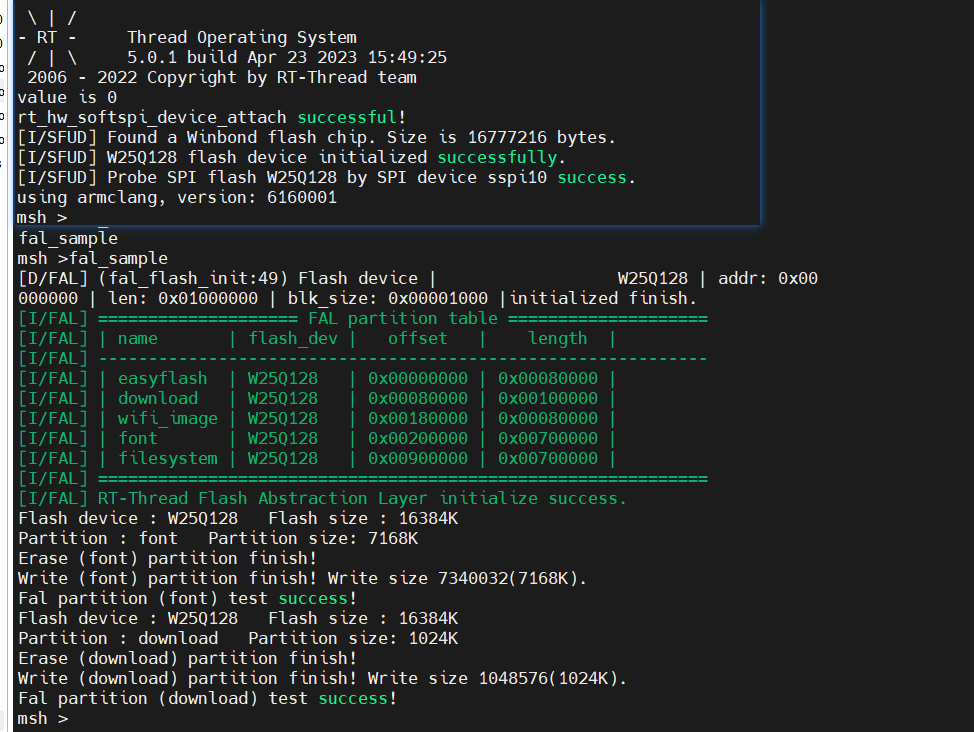
2.
DFS文件系统
2.1
什么是DFS
DFS 是 RT-Thread 提供的虚拟文件系统组件,全称为 Device File System,即设备虚拟文件系统,文件系统的名称使用类似 UNIX 文件、文件夹的风格,目录结构如下图所示:
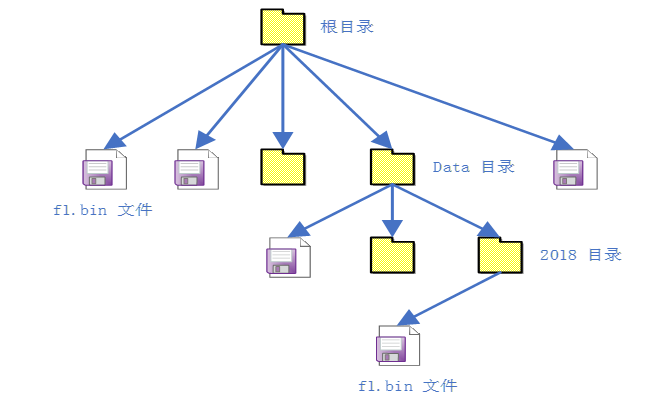
在 RT-Thread DFS 中,文件系统有统一的根目录,使用
/
来表示。而在根目录下的 f1.bin 文件则使用
/f1.bin
来表示,2018 目录下的
f1.bin
目录则使用
/data/2018/f1.bin
来表示。即目录的分割符号是
/
,这与 UNIX/Linux 完全相同,与 Windows 则不相同(Windows 操作系统上使用
\
来作为目录的分割符)。
2.2
DFS架构
RT-Thread DFS 组件的主要功能特点有:
为应用程序提供统一的 POSIX 文件和目录操作接口:read、write、poll/select 等。
支持多种类型的文件系统,如 FatFS、RomFS、DevFS 等,并提供普通文件、设备文件、网络文件描述符的管理。
支持多种类型的存储设备,如 SD Card、SPI Flash、Nand Flash 等。
DFS 的层次架构如下图所示,主要分为 POSIX 接口层、虚拟文件系统层和设备抽象层。
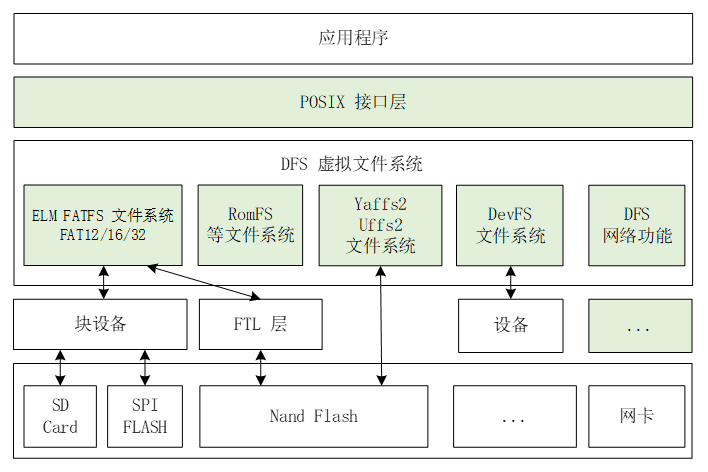
2.3
使用ENV配置DFS
打开ENV,进入路径
RT-Thread Components → DFS: device virtual file system
,使能
[*] DFS: device virtual file system
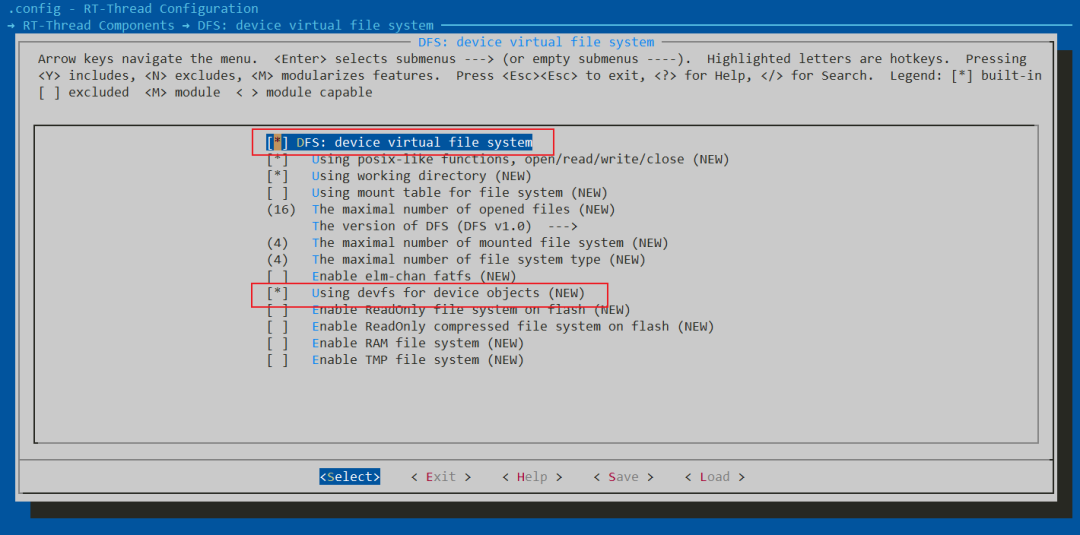
由于DFS使用的是POSIX接口,而dfs_posix.h已经在新版本中被移除了,如果想要兼容老版本,可以在menuconfig中使能
RT-Thread Components->[*] Support legacy version for compatibility
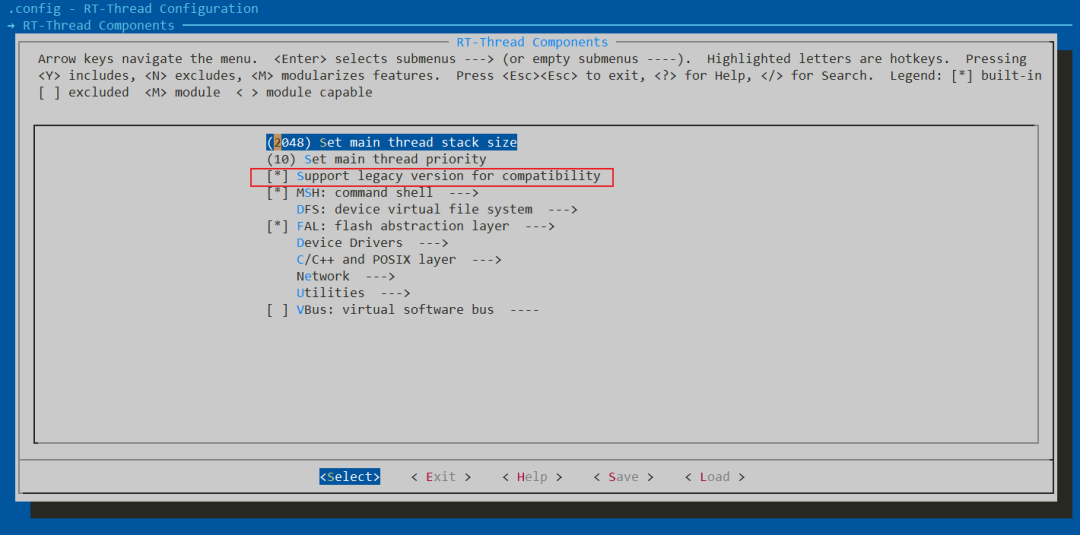
由于elmfat文件系统默认最大扇区大小为512,但我们使用的flash模块
W25Q128
的Flash扇区大小为4096,为了将elmfat文件系统挂载到W25Q128上,这里的
Maximum sector size
需要和W25Q128扇区大小保持一致,修改为4096,路径:
RT-Thread Components → DFS: device virtual file system → [*] Enable elm-chan fatfs / elm-chan's FatFs, Generic FAT Filesystem Module
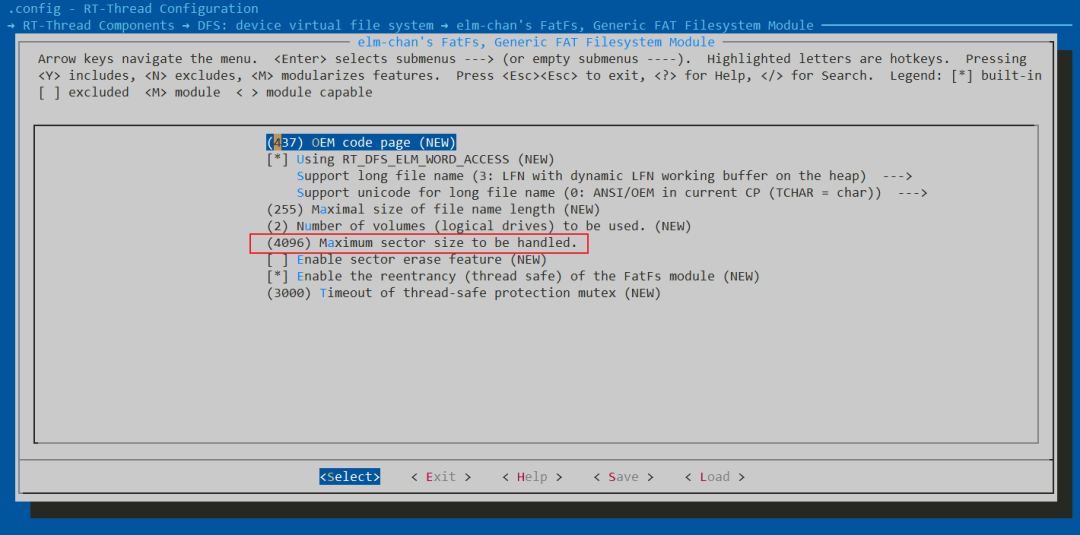
保存退出后使用
scons --target=mdk5
生成MDK5工程。
2.4
DFS挂载到FAL分区测试
这里增加FAL flash抽象层,我们将elmfat文件系统挂载到W25Q128 flash设备的filesystem分区上,由于FAL管理的filesystem分区不是块设备,需要先使用FAL分区转BLK设备接口函数将filesystem分区转换为块设备,然后再将DFS elmfat文件系统挂载到filesystem块设备上。
我们接着修改
fal_sample.c
文件,修改后代码:
/* * Copyright (c) 2006-2023, RT-Thread Development Team * * SPDX-License-Identifier: Apache-2.0 * * Change Logs: * Date Author Notes * 2023-04-21 Wangyuqiang the first version */ #include "rtthread.h"#include "rtdevice.h"#include "board.h"#include "fal.h"
#include
#define FS_PARTITION_NAME "filesystem"
#define BUF_SIZE 1024
static int fal_test(const char *partiton_name){ int ret; int i, j, len; uint8_t buf[BUF_SIZE]; const struct fal_flash_dev *flash_dev = RT_NULL; const struct fal_partition *partition = RT_NULL;
if (!partiton_name) { rt_kprintf("Input param partition name is null!\n"); return -1; }
partition = fal_partition_find(partiton_name); if (partition == RT_NULL) { rt_kprintf("Find partition (%s) failed!\n", partiton_name); ret = -1; return ret; }
flash_dev = fal_flash_device_find(partition->flash_name); if (flash_dev == RT_NULL) { rt_kprintf("Find flash device (%s) failed!\n", partition->flash_name); ret = -1; return ret; }
rt_kprintf("Flash device : %s " "Flash size : %dK \n" "Partition : %s " "Partition size: %dK\n", partition->flash_name, flash_dev->len/1024, partition->name, partition->len/1024);
/* erase all partition */ ret = fal_partition_erase_all(partition); if (ret < 0) { rt_kprintf("Partition (%s) erase failed!\n", partition->name); ret = -1; return ret; } rt_kprintf("Erase (%s) partition finish!\n", partiton_name);
/* read the specified partition and check data */ for (i = 0; i < partition->len;) { rt_memset(buf, 0x00, BUF_SIZE);
len = (partition->len - i) > BUF_SIZE ? BUF_SIZE : (partition->len - i);
ret = fal_partition_read(partition, i, buf, len); if (ret < 0) { rt_kprintf("Partition (%s) read failed!\n", partition->name); ret = -1; return ret; }
for(j = 0; j < len; j++) { if (buf[j] != 0xFF) { rt_kprintf("The erase operation did not really succeed!\n"); ret = -1; return ret; } } i += len; }
/* write 0x00 to the specified partition */ for (i = 0; i < partition->len;) { rt_memset(buf, 0x00, BUF_SIZE);
len = (partition->len - i) > BUF_SIZE ? BUF_SIZE : (partition->len - i);
ret = fal_partition_write(partition, i, buf, len); if (ret < 0) { rt_kprintf("Partition (%s) write failed!\n", partition->name); ret = -1; return ret; }
i += len; } rt_kprintf("Write (%s) partition finish! Write size %d(%dK).\n", partiton_name, i, i/1024);
/* read the specified partition and check data */ for (i = 0; i < partition->len;) { rt_memset(buf, 0xFF, BUF_SIZE);
len = (partition->len - i) > BUF_SIZE ? BUF_SIZE : (partition->len - i);
ret = fal_partition_read(partition, i, buf, len); if (ret < 0) { rt_kprintf("Partition (%s) read failed!\n", partition->name); ret = -1; return ret; }
for(j = 0; j < len; j++) { if (buf[j] != 0x00) { rt_kprintf("The write operation did not really succeed!\n"); ret = -1; return ret; } }
i += len; }
ret = 0; return ret;}
static void fal_sample(void){ /* 1- init */ fal_init();
if (fal_test("font") == 0) { rt_kprintf("Fal partition (%s) test success!\n", "font"); } else { rt_kprintf("Fal partition (%s) test failed!\n", "font"); }
if (fal_test("download") == 0) { rt_kprintf("Fal partition (%s) test success!\n", "download"); } else { rt_kprintf("Fal partition (%s) test failed!\n", "download"); }}MSH_CMD_EXPORT(fal_sample, fal sample);
static void fal_elmfat_sample(void){ int fd, size; struct statfs elm_stat; struct fal_blk_device *blk_dev; char str[] = "elmfat mount to W25Q flash.", buf[80];
/* fal init */ fal_init();
/* create block device */ blk_dev = (struct fal_blk_device *)fal_blk_device_create(FS_PARTITION_NAME); if(blk_dev == RT_NULL) rt_kprintf("Can't create a block device on '%s' partition.\n", FS_PARTITION_NAME); else rt_kprintf("Create a block device on the %s partition of flash successful.\n", FS_PARTITION_NAME);
/* make a elmfat format filesystem */ if(dfs_mkfs("elm", FS_PARTITION_NAME) == 0) rt_kprintf("make elmfat filesystem success.\n");
/* mount elmfat file system to FS_PARTITION_NAME */ if(dfs_mount(FS_PARTITION_NAME, "/", "elm", 0, 0) == 0) rt_kprintf("elmfat filesystem mount success.\n");
/* Get elmfat file system statistics */ if(statfs("/", &elm_stat) == 0) rt_kprintf("elmfat filesystem block size: %d, total blocks: %d, free blocks: %d.\n", elm_stat.f_bsize, elm_stat.f_blocks, elm_stat.f_bfree);
if(mkdir("/user", 0x777) == 0) rt_kprintf("make a directory: '/user'.\n");
rt_kprintf("Write string '%s' to /user/test.txt.\n", str);
/* Open the file in create and read-write mode, create the file if it does not exist*/ fd = open("/user/test.txt", O_WRONLY | O_CREAT); if (fd >= 0) { if(write(fd, str, sizeof(str)) == sizeof(str)) rt_kprintf("Write data done.\n");
close(fd); }
/* Open file in read-only mode */ fd = open("/user/test.txt", O_RDONLY); if (fd >= 0) { size = read(fd, buf, sizeof(buf));
close(fd);
if(size == sizeof(str)) rt_kprintf("Read data from file test.txt(size: %d): %s \n", size, buf); }}MSH_CMD_EXPORT_ALIAS(fal_elmfat_sample, fal_elmfat,fal elmfat sample);
2.5
测试结果
测试结果如下:
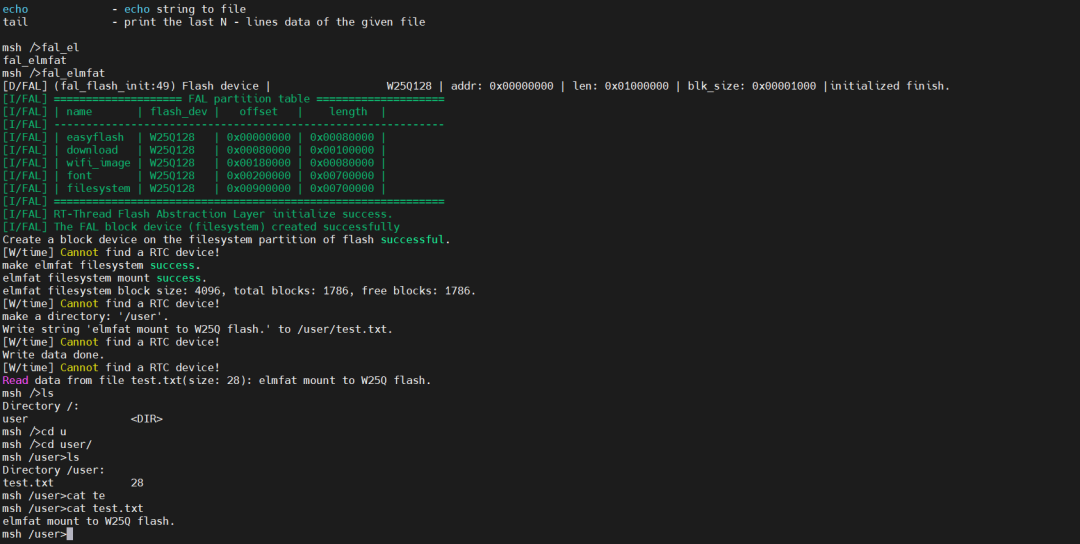
3.
Easyflash移植到FAL分区
3.1
简述EasyFlash
关于EasyFlash的来源我们已经讲过了,此处不再赘述。EasyFlash是一款开源的轻量级嵌入式Flash存储器库,方便开发者更加轻松的实现基于Flash存储器的常见应用开发。非常适合智能家居、可穿戴、工控、医疗、物联网等需要断电存储功能的产品,资源占用极低,支持各种 MCU 片上存储器。
EasyFlash不仅能够实现对产品的 设定参数 或 运行日志 等信息的掉电保存功能,还封装了简洁的 增加、删除、修改及查询 方法, 降低了开发者对产品参数的处理难度,也保证了产品在后期升级时拥有更好的扩展性。让Flash变为NoSQL(非关系型数据库)模型的小型键值(Key-Value)存储数据库。
3.2
EasyFlash软件包使用
打开ENV进入路径:
RT-Thread online packages → tools packages → EasyFlash: Lightweight embedded flash memory library.
,选择软件包版本为最新版。
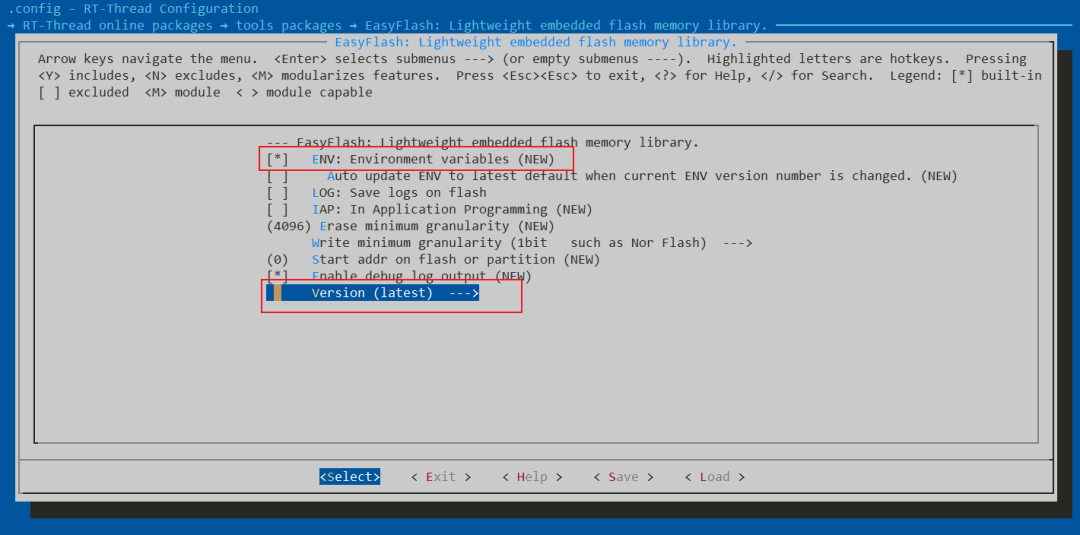
配置后退出ENV,同时使用
pkgs --update
下载软件包,然后再使用
scons --target=mdk5
重新生成MDK5文件
3.3
移植easyflash
下载完easyflash软件包后,我们复制
.\rt-thread\bsp\lpc55sxx\lpc55s69_nxp_evk\packages\EasyFlash-latest\ports\ef_fal_port.c
到目录
.\rt-thread\bsp\lpc55sxx\lpc55s69_nxp_evk\board\ports\easyflash\ef_fal_port.c
,双击打开该文件,完成以下修改:
// 修改 FAL_EF_PART_NAME 为 easyflash#define FAL_EF_PART_NAME "easyflash"
// 修改环境变量内容为 {"boot_times", "0"},这里我们先只设置一个开机次数static const ef_env default_env_set[] = { {"boot_times", "0"},};
3.4
编写Easyflash测试用例
/* * Copyright (c) 2006-2023, RT-Thread Development Team * * SPDX-License-Identifier: Apache-2.0 * * Change Logs: * Date Author Notes * 2023-04-21 Wangyuqiang the first version */ #include "rtthread.h"#include "rtdevice.h"#include "board.h"#include "fal.h"
#include
#include "easyflash.h"#include
#define FS_PARTITION_NAME "filesystem"
#define BUF_SIZE 1024
static int fal_test(const char *partiton_name){ int ret; int i, j, len; uint8_t buf[BUF_SIZE]; const struct fal_flash_dev *flash_dev = RT_NULL; const struct fal_partition *partition = RT_NULL;
if (!partiton_name) { rt_kprintf("Input param partition name is null!\n"); return -1; }
partition = fal_partition_find(partiton_name); if (partition == RT_NULL) { rt_kprintf("Find partition (%s) failed!\n", partiton_name); ret = -1; return ret; }
flash_dev = fal_flash_device_find(partition->flash_name); if (flash_dev == RT_NULL) { rt_kprintf("Find flash device (%s) failed!\n", partition->flash_name); ret = -1; return ret; }
rt_kprintf("Flash device : %s " "Flash size : %dK \n" "Partition : %s " "Partition size: %dK\n", partition->flash_name, flash_dev->len/1024, partition->name, partition->len/1024);
/* erase all partition */ ret = fal_partition_erase_all(partition); if (ret < 0) { rt_kprintf("Partition (%s) erase failed!\n", partition->name); ret = -1; return ret; } rt_kprintf("Erase (%s) partition finish!\n", partiton_name);
/* read the specified partition and check data */ for (i = 0; i < partition->len;) { rt_memset(buf, 0x00, BUF_SIZE);
len = (partition->len - i) > BUF_SIZE ? BUF_SIZE : (partition->len - i);
ret = fal_partition_read(partition, i, buf, len); if (ret < 0) { rt_kprintf("Partition (%s) read failed!\n", partition->name); ret = -1; return ret; }
for(j = 0; j < len; j++) { if (buf[j] != 0xFF) { rt_kprintf("The erase operation did not really succeed!\n"); ret = -1; return ret; } } i += len; }
/* write 0x00 to the specified partition */ for (i = 0; i < partition->len;) { rt_memset(buf, 0x00, BUF_SIZE);
len = (partition->len - i) > BUF_SIZE ? BUF_SIZE : (partition->len - i);
ret = fal_partition_write(partition, i, buf, len); if (ret < 0) { rt_kprintf("Partition (%s) write failed!\n", partition->name); ret = -1; return ret; }
i += len; } rt_kprintf("Write (%s) partition finish! Write size %d(%dK).\n", partiton_name, i, i/1024);
/* read the specified partition and check data */ for (i = 0; i < partition->len;) { rt_memset(buf, 0xFF, BUF_SIZE);
len = (partition->len - i) > BUF_SIZE ? BUF_SIZE : (partition->len - i);
ret = fal_partition_read(partition, i, buf, len); if (ret < 0) { rt_kprintf("Partition (%s) read failed!\n", partition->name); ret = -1; return ret; }
for(j = 0; j < len; j++) { if (buf[j] != 0x00) { rt_kprintf("The write operation did not really succeed!\n"); ret = -1; return ret; } }
i += len; }
ret = 0; return ret;}
static void fal_sample(void){ /* 1- init */ fal_init();
if (fal_test("font") == 0) { rt_kprintf("Fal partition (%s) test success!\n", "font"); } else { rt_kprintf("Fal partition (%s) test failed!\n", "font"); }
if (fal_test("download") == 0) { rt_kprintf("Fal partition (%s) test success!\n", "download"); } else { rt_kprintf("Fal partition (%s) test failed!\n", "download"); }}MSH_CMD_EXPORT(fal_sample, fal sample);
static void fal_elmfat_sample(void){ int fd, size; struct statfs elm_stat; struct fal_blk_device *blk_dev; char str[] = "elmfat mount to W25Q flash.", buf[80];
/* fal init */ fal_init();
/* create block device */ blk_dev = (struct fal_blk_device *)fal_blk_device_create(FS_PARTITION_NAME); if(blk_dev == RT_NULL) rt_kprintf("Can't create a block device on '%s' partition.\n", FS_PARTITION_NAME); else rt_kprintf("Create a block device on the %s partition of flash successful.\n", FS_PARTITION_NAME);
/* make a elmfat format filesystem */ if(dfs_mkfs("elm", FS_PARTITION_NAME) == 0) rt_kprintf("make elmfat filesystem success.\n");
/* mount elmfat file system to FS_PARTITION_NAME */ if(dfs_mount(FS_PARTITION_NAME, "/", "elm", 0, 0) == 0) rt_kprintf("elmfat filesystem mount success.\n");
/* Get elmfat file system statistics */ if(statfs("/", &elm_stat) == 0) rt_kprintf("elmfat filesystem block size: %d, total blocks: %d, free blocks: %d.\n", elm_stat.f_bsize, elm_stat.f_blocks, elm_stat.f_bfree);
if(mkdir("/user", 0x777) == 0) rt_kprintf("make a directory: '/user'.\n");
rt_kprintf("Write string '%s' to /user/test.txt.\n", str);
/* Open the file in create and read-write mode, create the file if it does not exist*/ fd = open("/user/test.txt", O_WRONLY | O_CREAT); if (fd >= 0) { if(write(fd, str, sizeof(str)) == sizeof(str)) rt_kprintf("Write data done.\n");
close(fd); }
/* Open file in read-only mode */ fd = open("/user/test.txt", O_RDONLY); if (fd >= 0) { size = read(fd, buf, sizeof(buf));
close(fd);
if(size == sizeof(str)) rt_kprintf("Read data from file test.txt(size: %d): %s \n", size, buf); }}MSH_CMD_EXPORT_ALIAS(fal_elmfat_sample, fal_elmfat,fal elmfat sample);
static void easyflash_sample(void){ /* fal init */ fal_init();
/* easyflash init */ if(easyflash_init() == EF_NO_ERR) { uint32_t i_boot_times = NULL; char *c_old_boot_times, c_new_boot_times[11] = {0};
/* get the boot count number from Env */ c_old_boot_times = ef_get_env("boot_times"); /* get the boot count number failed */ if (c_old_boot_times == RT_NULL) c_old_boot_times[0] = '0';
i_boot_times = atol(c_old_boot_times); /* boot count +1 */ i_boot_times ++; rt_kprintf("===============================================\n"); rt_kprintf("The system now boot %d times\n", i_boot_times); rt_kprintf("===============================================\n"); /* interger to string */ sprintf(c_new_boot_times, "%d", i_boot_times); /* set and store the boot count number to Env */ ef_set_env("boot_times", c_new_boot_times); ef_save_env(); }}MSH_CMD_EXPORT(easyflash_sample, easyflash sample);
3.5
测试结果
打开串口助手,输入命令:
msh />easyflash_sample
第一次命令调用:
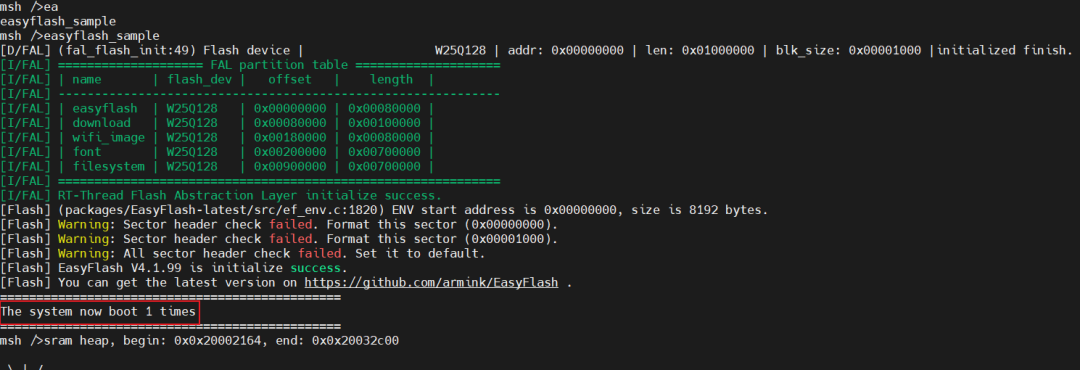
第二次RESET开发板后调用:
